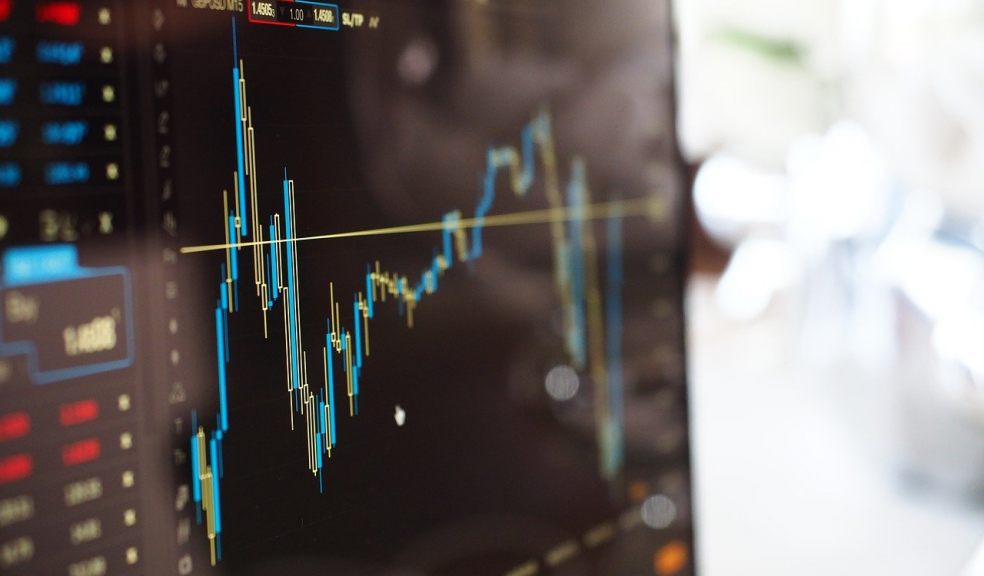
COVID Vaccines and Market Implications
Life will return to the “old normal” once the COVID - 19 vaccination is available. That does not, however, imply that it will be beneficial to the markets. The first cases of covid 19 were detected in Wuhan, China, almost a year ago. We saw an unimaginable global shutdown as a result of the virus in Q2, followed by a record-breaking come back to growth in Q3 as the summer month approached. The second and third waves emerged in Q4. The finding of phase 3 vaccine trials began to trickle in November and by the end of the year, frontline workers and those in greatest need had already received their first doses.
The first few months of 2021 will most likely follow the same pattern as the last few months of 2020, meaning that while the virus lingers, predictions of worldwide lockdowns and restrictions dampened economic indicators, mainly in services and extra fiscal and monetary support from governments and central banks throughout the world. Things should start to revert to old normal as we enter Q2 and immunizations become more widely available. A return to the old normal may be better for everyday living but it may not be so good for the markets.
Economic Data Outlook
As the year progresses, employment should improve and initial claims should decline. PMIs should continue to recover as people return to work after being cooped up for the greater part of a year, especially in the services industry. Foodservice, cruises, lines, airlines, and hospitality are among the industries that could outperform.
Technology and other “stay at home” industries may underperform. GDP should continue to climb, however, towards the end of the year, the rate of increase may begin to slow. On the basis of a demographic tailwind and millennials looking to beat the rush in anticipation of higher interest rates, housing should remain strong.
COVID Impact on the USD
With a vaccine on the way and more people returning to work, the fiscal and monetary stimulus will be less necessary. Yet, many central banks have stated that monetary policy will remain supportive through 2021. The US dollar may continue under pressure in the first half of the year, but it may recover in the third and fourth quarters as the FOMC may hint at hiking interest rates if inflation rises in 2022.
Simply put, greater economic data implies less stimulus. Less stimulus implies fewer dollars in circulation. Higher pricing equals lower US dollars. On a monthly basis, the DXY has broken below the upward sloping trendline that has been in place since September 2011. Those changes are important to be taken into account for many industries, most importantly by the financial market, especially forex, that observes market fluctuation not daily but hourly. Due to the fact that it is very difficult for the traders to sit whole day in the chair and wait for the price to rise or decline, the platforms already suggest trading with Forex signals which means that they are notified about the possible changes and gives signals whether it is good to sell or buy the currency. If that level is broken, the 50 percent retracement level from February 2008 lows to the January 2017 highs, which is approximately 87.10 will be the next support level. The horizontal support was near 84.60 and the 50 percent retracement level was near 87.26.
In November, the Dow Jones Industrial Average broke beyond 30.000 for the first time. The NASDAQ is close to all-time highs. It is important to stay at home stocks and a return to value equities once the vaccine is introduced to the global population and lockdowns are removed.
However, if the Federal Reserve and other central banks begin to focus less on stimulus and more on inflation in Q3 and Q4, stocks may become less enthusiastic and begin to fall. The 127.2 percent Fibonacci extension from the highs during the week of February 10th to the lows during the week of March 23rd on the Dow is 32.700.
2-year yields forecast
The release of vaccination to the general population in the first half of the year should keep 2-year yields between 0% and 0.25 percent. If the word inflation appears in the FOMC’S vocabulary this year, rates are likely to rise, maybe dramatically, as the market seeks to price in inflation expectations.
COVID Vaccines and Crude Oil
The demand for vaccine manufacturing will rise as more individuals throughout the world receive the vaccination. Airlines and cruise ships will resume normal operations and travel will begin to return to normal. The rise in demand for oil may act as a positive factor for the price of the commodity. As a vaccine is rolled out, WTI is expected to continue to rise, possibly challenging the January 2020 highs of $65.66.
As additional COVID - 19 vaccines are released, economies should begin to recover and life will return to its old normal. However, this does not necessarily imply that markets will benefit, as central banks may begin to use terms like inflation and “reduced stimulus”.



















